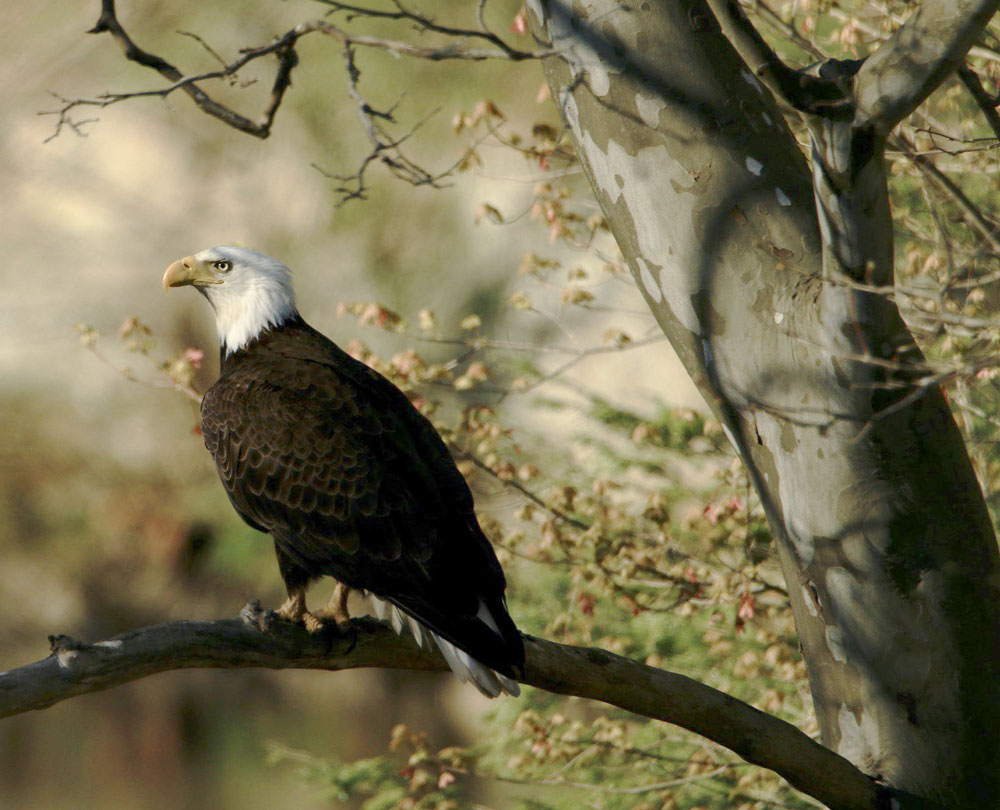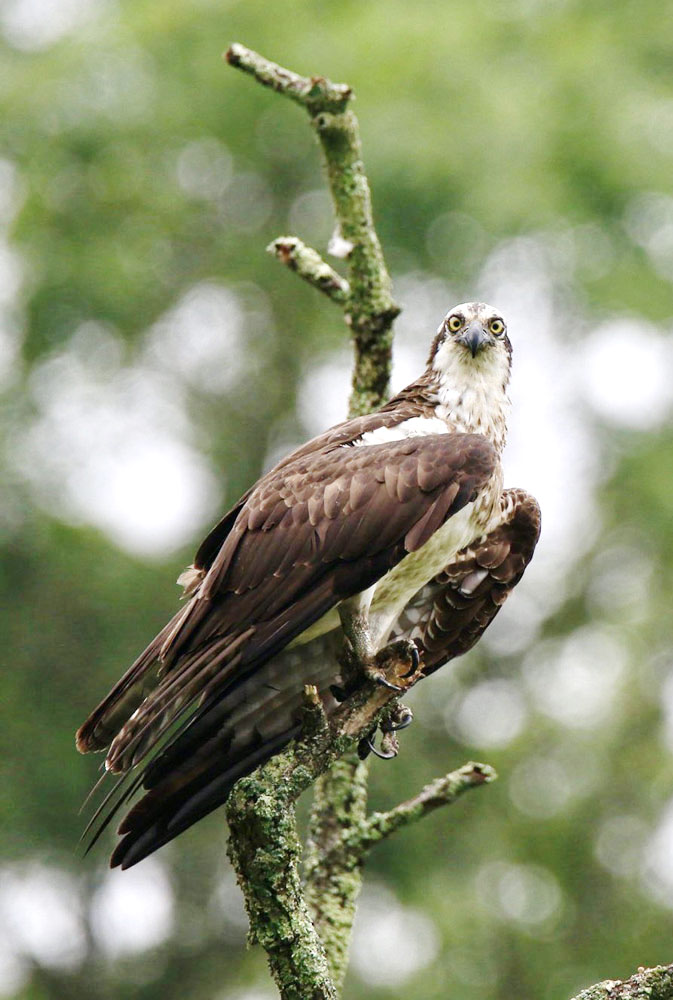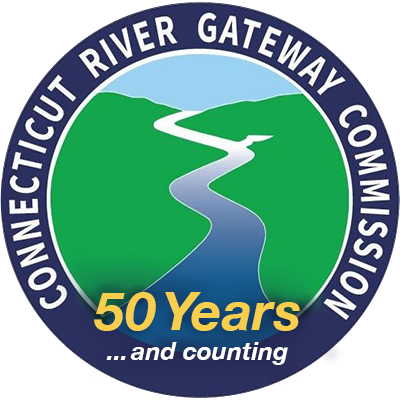The Connecticut River
Downriver from Gillette Castle, Tom Gezo
The Connecticut River and its tidelands are recognized as among the most important natural, recreational, and scenic areas in the state and the Northeast.
The river has been deemed ecologically important by the International Ramsar Convention in 1971; called one of the Western Hemisphere’s forty Last Great Places by The Nature Conservancy; named an American Heritage River and National Blueway; and its watershed comprises the Silvio O. Conte US Fish & Wildlife National Refuge, the first refuge of its kind in the country.
In colonial times, trees were extensively cut for home heating, to build and fuel ships, and to clear land for sheep farming, significantly changing the river’s natural appearance. Nature has since reclaimed much of the riverfront, and today the lower river valley’s picturesque vistas attract sightseers, boaters, painters, photographers, and prospective homeowners.


Sharing the River with Wildlife
Just a few decades ago, one would be lucky to see a bald eagle in Connecticut. Today, a growing population thrives along the Connecticut River making eagle watching a popular pastime.
Ospreys love the Connecticut River’s diet of menhaden and other fish and fly hundreds of miles north to nest locally. Although DDT once greatly reduced their numbers, osprey nests are common today perched onto poles set into marshland, in trees and even atop nautical markers. An active “osprey nation” watches over these exceptional hunters.
Another much smaller bird creates its own “must-see” river event. Each fall, tree swallows gather in a dazzling “murmuration” or large cloud of hundreds of birds. This giant flock soars and twists in amazing unison in the air before the swallows plummet into river island reeds to nest overnight. Boats draw people from afar for September swallow cruises. Connecticut Audubon quotes renowned ornithologist and artist Roger Tory Peterson as writing that “the tornadoes of Tree Swallows eclipsed any other avian spectacle I have ever seen.”
Connecticut River shad, called a “poor man’s salmon” once supported an important fishery and are still a seasonal spring treat. Planked shad dinners, where the filleted fish are nailed to a board and cooked over an open fire, are a local tradition dating back centuries.
See these interesting facts about the river from the Connecticut River Conservancy. For example, flowing 410 miles from the Quebec/New Hampshire border, the Connecticut River provides 70% of all the fresh water entering Long Island Sound.
Recognizing the river as a state treasure, the Connecticut General Assembly passed legislation nearly 50 years ago creating the Connecticut River Gateway Commission to protect the lower river valley.
The Gateway Commission’s goal is to ensure that the “natural and traditional” river scene will be preserved. Whether you live in a river town or simply visit this wonderful waterway, join the Commission in protecting the Connecticut River today and for future generations.

Maples, Oaks, Beech, Birch & Pine
Tree-lined riverbanks contribute greatly to the Connecticut River’s cherished “natural and traditional scene.” A coastline like that enjoyed by the sailor shown at left need not be found only in preserves. Riverfront landowners can enjoy great views and keep the lower river valley beautiful with simple tree pruning practices. “Limbing up” a tree’s lower branches, while leaving upper canopies untouched benefits everyone.
